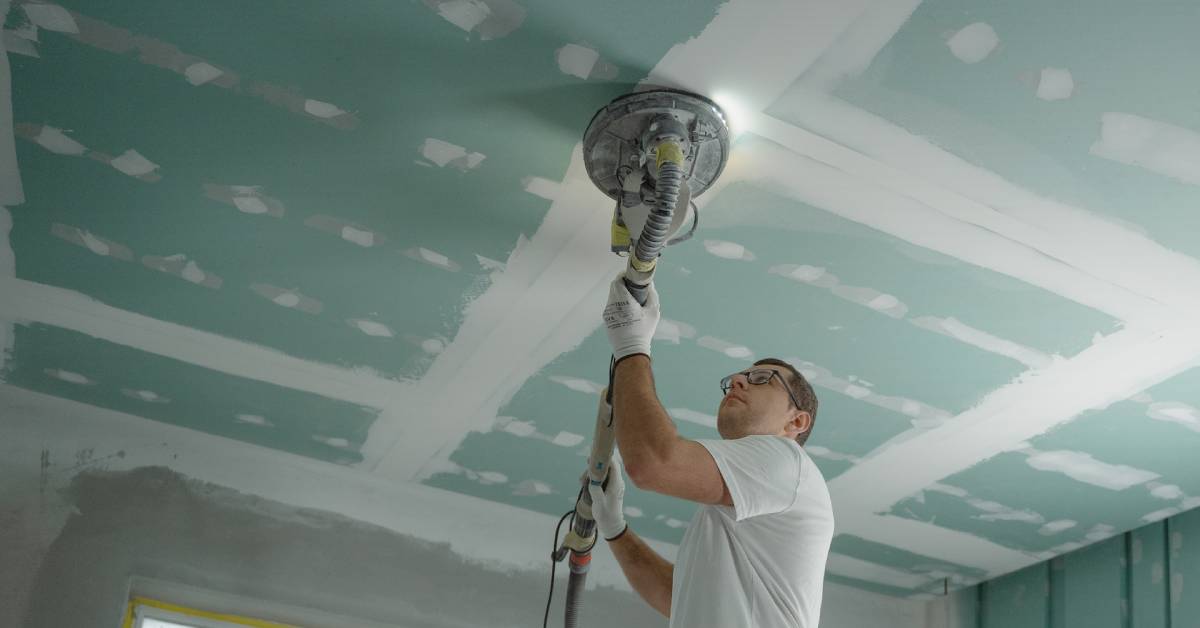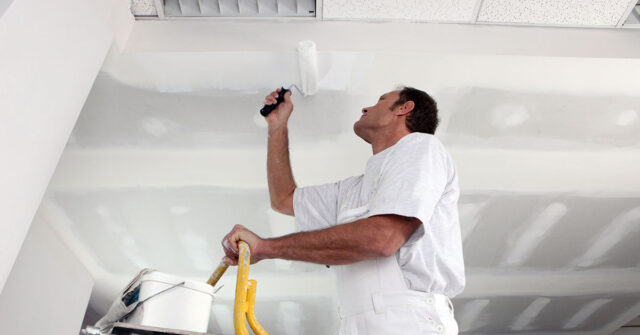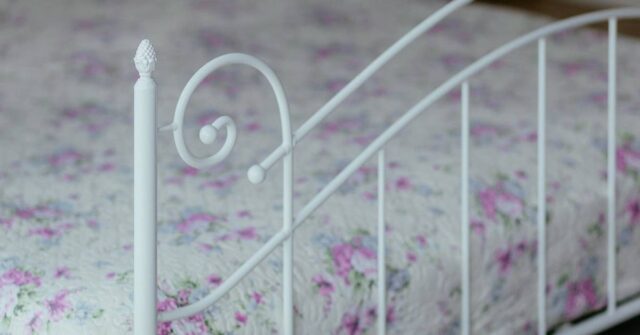Anyone familiar with painting will tell you that a good paint job is more than just applying a coat or two of paint.
Surface preparation plays a critical role in achieving a flawless finish, enhancing paint adhesion, and prolonging the lifespan of the paint job.
This article will delve into the intricate details of why surface preparation is essential, especially in the Australian context, where unique weather conditions and standards can influence the result.
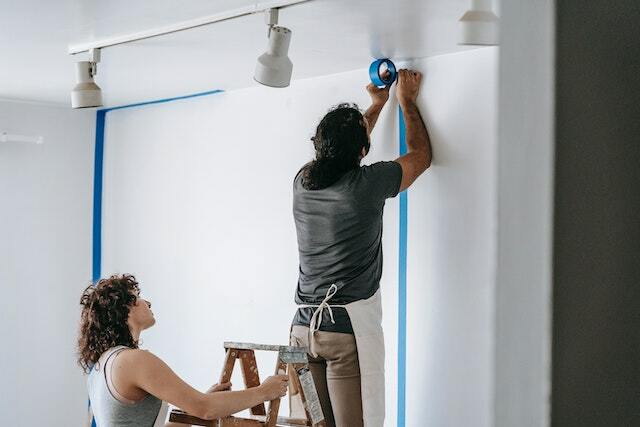

Understanding the Basics of Paint Adhesion
Paint adhesion is the fundamental principle behind every successful paint job. It involves the interaction between the paint and the surface it’s applied to.
A good understanding of what paint adhesion is and its importance sets the stage for a deeper appreciation of surface preparation.
What is Paint Adhesion?
Paint adhesion refers to the ability of paint to stick firmly to the surface it’s applied to. It’s determined by a combination of mechanical and chemical bonds.
The stronger the bond between the paint and the surface, the less likely the paint will peel or blister over time.
Why is Paint Adhesion Important?
Good paint adhesion ensures that the paint doesn’t chip, peel, or blister, thereby prolonging the longevity and appearance of the paint job.
It ensures that the paint evenly coats the surface, resulting in a smoother, more uniform finish.
Poor paint adhesion can lead to a multitude of issues that could impact the visual appeal and durability of the paint job.
Key Factors Influencing Paint Quality
Several factors can affect the quality of a paint job. Understanding these variables can help in selecting the right paint, planning for surface preparation, and carrying out the painting process effectively.
Environmental Factors
Environmental conditions, such as temperature, humidity, and exposure to sunlight, can significantly influence the drying and curing of paint.
For instance, high humidity can delay drying times, while excessive heat can cause the paint to dry too quickly, leading to cracks or blisters.
Surface Material Characteristics
The material of the surface to be painted affects how well the paint adheres to it. Different materials require different preparation techniques to ensure optimal paint adhesion.
For instance, porous surfaces like wood may require a primer to seal the surface and prevent the paint from soaking in.
Quality of Paint
High-quality paints typically provide better coverage, have fewer volatile organic compounds, and are more durable than cheaper alternatives.
They may be more expensive initially, but they can save costs in the long run due to their durability and lower maintenance requirements.
Why Surface Preparation is Essential for a Successful Paint Job
Surface preparation is arguably the most critical part of a paint job. It can determine how well the paint adheres to the surface, affecting the appearance and durability of the final product.
The Consequences of Poor Surface Preparation
Without proper surface preparation, a number of issues can arise.
These could include paint failing to adhere properly, leading to peeling or blistering; uneven paint application, resulting in a patchy appearance; and the presence of dirt or dust, causing blemishes on the finished surface.
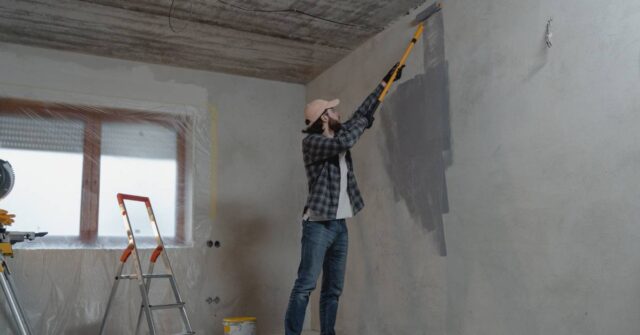

The Role of Surface Preparation in Achieving Long-Lasting Results
A well-prepared surface promotes better paint adhesion, leading to a smooth and uniform finish.
It can help prevent common paint issues such as chipping, blistering, and peeling, thereby ensuring the durability and longevity of the paint job.
It also creates a clean and optimal canvas for the paint, enhancing the paint’s true colour and finish.
Understanding the Steps of Surface Preparation
Surface preparation can be broken down into several key steps. Each step is crucial in its own way and contributes to the overall effectiveness of the paint job.
Initial Surface Evaluation
The first step is to evaluate the condition of the surface. This includes identifying any existing issues such as cracks, chips, or mildew that need to be addressed before painting.
It also involves determining the type of material and its characteristics, which can influence the preparation techniques and type of paint used.
Cleaning the Surface
Before any painting can take place, the surface needs to be thoroughly cleaned. This involves removing any dust, dirt, grease, or other contaminants that could interfere with paint adhesion.
Cleaning methods can vary depending on the type of surface and the extent of the dirt or stains.
Sanding and Smoothing
Sanding the surface is crucial for promoting paint adhesion. It helps to smooth out any rough patches, remove old paint or finish, and provide a better surface for the new paint to cling to.
The extent of sanding required will depend on the surface condition and the type of paint being used.


Dust and Debris Removal
After sanding, it’s important to remove all dust and debris from the surface. This can be done using a vacuum or a damp cloth.
Failing to properly remove dust after sanding can lead to a rough texture and blemishes in the final paint job.
Priming the Surface
Priming is an essential step in the preparation process. A primer creates a uniform surface that helps to enhance paint adhesion and allows the paint to reveal its true colour.
It also seals the surface, preventing stains and knots from showing through the paint.
Australian Standards for Surface Preparation
In Australia, certain standards and guidelines have been established for surface preparation to ensure the quality and longevity of paint jobs.
These standards address both residential and commercial painting projects.
Guidelines for Residential Paint Jobs
The Australian Standards for residential paint jobs, including surface preparation, are outlined in AS/NZS 2311:2009 – Guide to the Painting of Buildings.
It provides comprehensive guidance on the methods and techniques that should be employed to achieve the best results.
Industrial and Commercial Paint Job Standards
For industrial and commercial paint jobs, the standards are even more rigorous. The AS 1627 series provides detailed guidance on methods of preparation and pretreatment of surfaces before painting.
Compliance with these standards can ensure a high-quality, long-lasting finish in demanding environments.


Expert Tips for Surface Preparation in the Australian Climate
The unique Australian climate can present certain challenges when it comes to painting. Understanding how to navigate these challenges can be key to achieving a successful paint job.
Dealing with High Humidity
In parts of Australia where humidity levels are high, extra care must be taken when painting. High humidity can slow down the drying process, leading to drips and a longer overall project timeline.
To mitigate these effects, try to paint in the early morning or late afternoon when humidity levels are usually lower, and ensure your surface is dry before starting.
Working in Hot Weather
The heat can cause the paint to dry too quickly, leading to brush marks and a patchy finish. It can also cause the paint to thicken in the tin.
To avoid these issues, avoid painting in the direct sun, especially during the hottest parts of the day. Additionally, keep your paint in a cool place until you’re ready to use it.
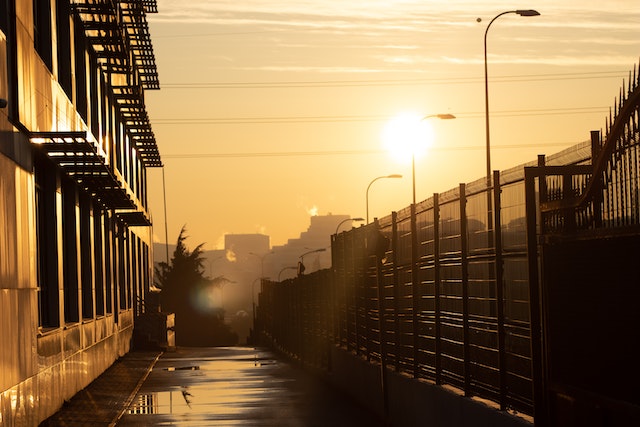

Coping with Coastal Salt Spray
For those living near the coast, the salt in the air can cause corrosion and shorten the lifespan of a paint job.
To counteract this, use a high-quality primer and paint that’s designed for marine or coastal environments.
Also, ensure you clean your surface thoroughly to remove any salt deposits before painting.
Choosing the Right Tools and Products for Surface Preparation
Selecting the right tools and products is critical to effective surface preparation. From cleaning supplies to sanding tools, each item plays a significant role in ensuring a well-prepared surface.
Picking the Right Cleaning Supplies
Cleaning products must be suitable for the type of surface and level of dirt or stains present.
A mild detergent can be used for general cleaning, while a solution of bleach and water may be necessary for removing mildew. For stubborn stains or grease, a commercial cleaner may be required.
Sanding Tools and Techniques
The choice of sanding tools will depend on the size and nature of the project.
Hand sanding may be sufficient for small areas or fine detail work, while a power sander can save time and effort on larger surfaces.
The grit of the sandpaper is also important; rough surfaces may require coarse-grit sandpaper, while fine-grit sandpaper is best for smooth surfaces and final finishing.
Choosing the Right Primer for Your Surface
The primer acts as an intermediary layer between the surface and the paint, improving adhesion and helping to achieve a uniform finish.
The choice of primer will depend on the surface material, the type of paint to be used, and the environmental conditions.
Some paints include a built-in primer, but a separate primer is often recommended for optimal results.
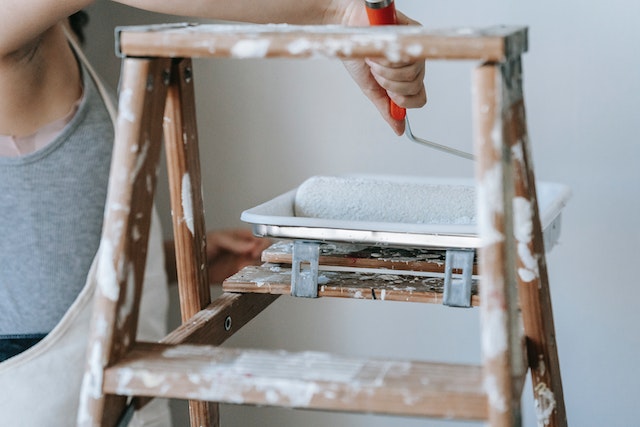

The Role of Professionals in Surface Preparation
While many homeowners choose to tackle painting projects themselves, hiring professionals can ensure a high-quality result.
Professional painters have the knowledge and experience to handle surface preparation effectively and achieve a flawless finish.
Benefits of Hiring Professional Painters
Professional painters can save time and stress by managing the entire painting process, from surface preparation to final touch-ups.
They have the skills and equipment to deal with any issues that may arise and can ensure the job is done right the first time, eliminating the need for costly redo’s.
What to Look for When Hiring a Professional
When hiring a professional, look for someone with a strong reputation and proven track record. Ask for references and check out their previous work.
Ensure they’re licensed and insured, and that they provide a clear quote and timeline for the project. It’s also important that they adhere to Australian standards for surface preparation and painting.
Conclusion
In conclusion, surface preparation is a pivotal element of any successful paint job. It ensures optimal paint adhesion, leads to a better aesthetic finish, and increases the longevity of the paint job.
While surface preparation may seem laborious, the time and effort invested invariably pay off with a beautiful, durable finish that enhances the appeal and value of your property.
Especially in Australia’s unique climatic conditions, paying heed to proper surface preparation can make all the difference between a paint job that quickly deteriorates and one that stands the test of time.

